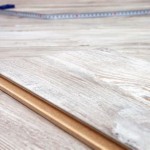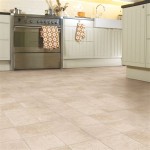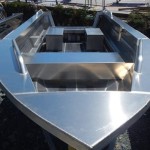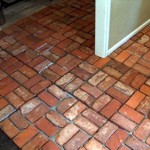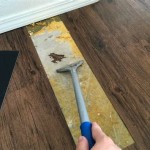Floating Engineered Wood Flooring Over Concrete: A Comprehensive Guide
Floating engineered wood flooring is an increasingly popular choice for covering concrete subfloors due to its durability, ease of installation, and aesthetic appeal. However, installing it properly requires careful consideration of several essential aspects to ensure a long-lasting and visually stunning result.
1. Substrate Preparation: The concrete subfloor must be level, flat, and free of any debris or irregularities. Any unevenness or moisture problems should be addressed using self-leveling compounds or moisture barriers.
2. Underlayment Selection: An underlayment is essential for absorbing impact, reducing noise, and providing a moisture buffer. Choose an underlayment specifically designed for floating engineered wood flooring over concrete, with a thickness of 3/16 inch to 1/2 inch.
3. Vapor Barrier: A vapor barrier is crucial for preventing moisture from rising from the concrete and damaging the flooring. Use a polyethylene sheet with a thickness of at least 6 mils and overlap the seams by 4 inches.
4. Expansion Gaps: Floating engineered wood flooring expands and contracts naturally with temperature and moisture changes. Leave an expansion gap of 1/4 inch to 1/2 inch around the perimeter of the room and any fixed objects like walls or cabinets.
5. Floating Installation: Floating engineered wood flooring is installed without being nailed or glued to the subfloor. The planks are interconnected using a locking system that allows them to float freely on top of the underlayment.
6. Acclimation: Before installing the flooring, allow the planks to acclimate to the room's temperature and humidity for at least 48 hours. This reduces the risk of buckling or warping.
7. Directional Considerations: The direction of the flooring planks can significantly impact the visual appeal of the room. Consider the size, shape, and natural light in the room to determine the best layout.
8. Transitions: Where the flooring meets other surfaces like tile or carpet, transitions are necessary to create a smooth and professional-looking finish. Choose transitions that complement the flooring and conceal the expansion gap.
9. Maintenance: Floating engineered wood flooring is relatively easy to maintain. Regular sweeping or vacuuming removes dirt and debris. Occasional damp mopping with a pH-neutral cleaner keeps the surface clean and protected.
By carefully considering these essential aspects, you can successfully install floating engineered wood flooring over concrete, creating a beautiful, durable, and low-maintenance flooring solution for your home.

Installing Wood Flooring Over Concrete Diy

Floating Engineered Hardwood

Installing Engineered Hardwood On Concrete Twenty Oak

Floating A Wood Floor Hardwood Floors

Installing Engineered Hardwood On Concrete Twenty Oak

Installing Engineered Hardwood On Concrete Villagio Guide

Pickndecor Com Floating Hardwood Floor Best Wood Flooring Laying Floors

Installing Wood Subfloors Over Concrete Hardwood Floors
Can You Put Wood Flooring Over A Concrete Slab Instead Of Using Cement Board Quora

How To Install A Hardwood Floating Floor
Related Posts


